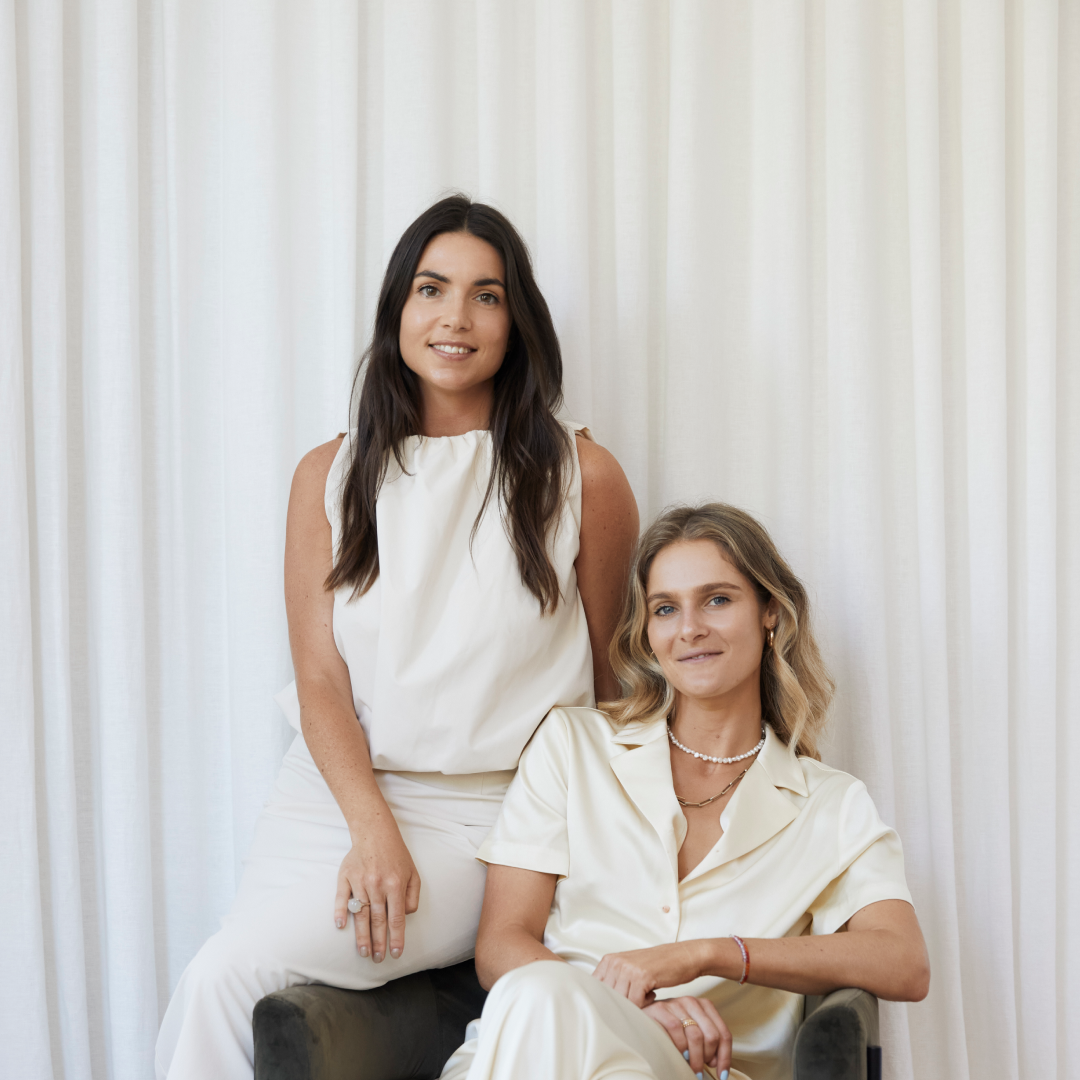Feature article
10 stages to secure your home purchase
Check off each of these steps to buy your first house.

Step 1: Paying the deposit
What’s involved?
You essentially have two agreements in the home buying process; one with the seller and one with the bank. Paying the deposit on the property means you have gone unconditional on the purchase of the property with the seller, but not necessarily the lending side of things with the bank. You’re not unconditional on the lending side of the agreement if there are still conditions to be met from the bank.
For example, are there conditions like…
- Do you have to close any credit cards? Or repay student loan?
- Do you have to provide tenant agreements for people that will live in the house once you purchase, to help you pay the mortgage?
- Has the Code Compliance Certificate (CCC) and title been issued? This applies to new builds and is a certificate to say the house or apartment is liveable and has been checked off by council for compliance with all rules and regulations. It won’t be issued until the build is completed and signed off by the council.
The finance date isn't a romantic one, but one you definitely need in the diary. You pay the deposit at the end of what is called your finance date. For example, if you've made an offer subject to 10 working days, you pay the deposit at the end of that 10 days. If you've made an offer subject to 30 working days, then you pay the deposit at the end of that 30 days.
You agree to this date when you first make the offer. So, when you make an offer you effectively say: ''Hey, now I have made my offer, I will get my finance with the bank arranged in the next 10 working days, then I will pay you the deposit at the end of that 10 working days too.'' At the end of the 10 days, you’re unconditional as long as you have paid the deposit to the seller.
The deposit is paid to the seller’s solicitor (not the seller themselves!) and held in a trust account until settlement. A trust account just means it’s in a safe place, like a holding pen before being given to the seller. It means no one (the seller or the lawyer) can go and spend that money.
Who’s involved?
Step 2: Meeting the bank’s conditions
What’s involved?
Some conditions are ‘approval conditions’ which means they need to be met early on in the process.
For example, valuation. You don't want to go unconditional on a property and then find out a few months down the line that it isn't worth what you’ve paid for it. So make sure you check the valuation before settlement. You can do this through a registered builder.
Why would this be bad?
Say you had your heart set on a newbuild in 2021 for $1 million. You had a $100,000 deposit, which means you applied for a $900,000 mortgage. By the time it’s built, in 2022, the property market has fallen and that newbuild is only worth $800,000. The bank won't lend you $900,000 for something that’s now only worth $800,000.
Some conditions are ‘settlement conditions’ and need to be met by the date that you settle. For example, paying off and closing your credit card, or getting building insurance.
Your adviser will work through the conditions and tell you which need to be met in which order. It’s common that you may go unconditional on the purchase even if there are still lending conditions to be met (as mentioned above).
Who's involved?
You and your mortgage adviser
Step 3: KiwiSaver withdrawal
What’s involved?
Remember this can take a while… You need to allow at least 10 working days for your funds to be released by your KiwiSaver provider to your solicitor. Apply early! Your solicitor will send your KiwiSaver provider a copy of the sale & purchase agreement (just as proof you’re actually using the money to buy a house) and an application form that you’ll have completed. The funds will then be transferred to your solicitor and held in the trust account (these funds will not be transferred to you!)
Who's involved?
You and your solicitor
Step 4: Mortgage structure and pricing
What’s involved?
Now you need to decide what type of mortgage you want and how you want it structured.
For example:
- Do you want it all fixed or all floating? Or a combination of both?
- Do you want the loan length (aka the loan term) to be split? i.e. some fixed for 12 months and some fixed for 24 months.
- What will be your repayments frequency? And the repayment amounts?
- Do you have the option to pay off your mortgage early? I.e if you got an inheritance or bonus at work.
If this all sounds a bit confusing, we've created a handy downloadable here, and we go into more detail in a few modules.
Talk to your bank if you’re feeling overwhelmed, because the options are endless! A good mortgage advisor will be able to help you here too.
Who's involved?
You, your mortgage adviser and your bank
Step 5: Relationship property agreement
What’s involved?
If you’re buying your property by yourself (congrats!), you can skip this step.
If you’re buying with a partner or any other person, you should seriously consider a relationship property agreement. I know it’s not a fun thing to think about when you’re happy and in love, but, statistically speaking, 50% of couples commit financial infidelity, and 50% of marriages end in divorce. You should be thinking about how you can protect yourself, should your situation change.
Things to consider in the agreement:
- Are you contributing similar amounts of deposit?
- Is someone on a significantly higher salary?
- Has one of your parents contributed to the deposit?
- If you separate, how will you split the asset?
Who's involved?
You, your mortgage adviser and your bank
Step 6: Pre-settlement inspection
What’s involved?
You (hopefully) have already visited the property to see if you like it, but now it's time to visit it again. This is to ensure you still like it. But, more importantly, that it still looks like you remember, and that the seller hasn’t done anything rogue to it since you last saw it, e.g. no holes in walls, no bad landscaping, the doors are all still hung properly, pipes and guttering are still in tact, and that there’s no rubbish that needs clearing.
This is your last chance to say anything to the seller in regards to the house before the settlement.
Who's involved?
You, an agent/developer plus a builder
Step 7: Bank onboarding
What’s involved?
You may need, or prefer, to visit a branch to open your accounts. This is where the bank will explain your mortgage, set it up and verify your ID. The bank will also try to sell you other products and services such as credit card and insurance, so be aware and don’t get sucked in.
Who's involved?
You and the bank manager
Step 8: Signing loan docs
What’s involved?
This happens just prior to settlement. Take a moment to savour this! It's a big step. Your lending on the home has been approved.
The bank will send the loan (mortgage) documents to your solicitor. Make sure you review them with your solicitor and go through the terms and conditions of lending. The lawyer has looked at so many of these and will know if a condition or requirement doesn’t look right. Then once signed, the solicitor will return them to the bank. Your mortgage adviser should also follow up with the bank to ensure they’ve been returned.
Who's involved?
You, your solicitor and the bank
Step 9: Home and contents insurance
What’s involved?
This needs to be in place by settlement. The bank won’t lend against a property that’s not insured. Otherwise, if anything happened to the property, they could lose all the money they lend you. The amount of insurance you get needs to cover at least the cost to rebuild the property, not the purchase price.
Don't forget - Trade Me members get up to 15% Discount* on premiums for Trade Me Insurance.
Who's involved?
Just you and your insurance company of choice
Step 10: Personal
What’s involved?
OK, so you have insurance for the property, but what about yourself? Who’ll pay for the mortgage if you can’t? Or how would you pay the mortgage if your partner died and you were left with 100% of the repayments on one income?
Who's involved?
You and your insurance company. If you get stuck deciding your mortgage adviser can generally refer you to an insurance company if you need.
Financial Disclaimer
The Curve and The Curve Classroom course has been prepared solely for informational and educational purposes. Any information provided and serviced described in this website are intended to be of general nature and provide general information only. The opinions expressed by The Curve do not constitute investment advice and are not to be viewed as investment or financial advice. It does not take into account your investment needs or personal circumstances. Independent advice should be sought where appropriate. Should you require financial advice you should always speak to a Financial Adviser.
Author
Discover More
Search
Other articles you might like






